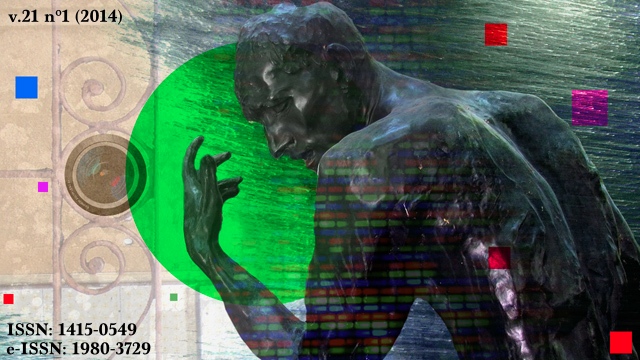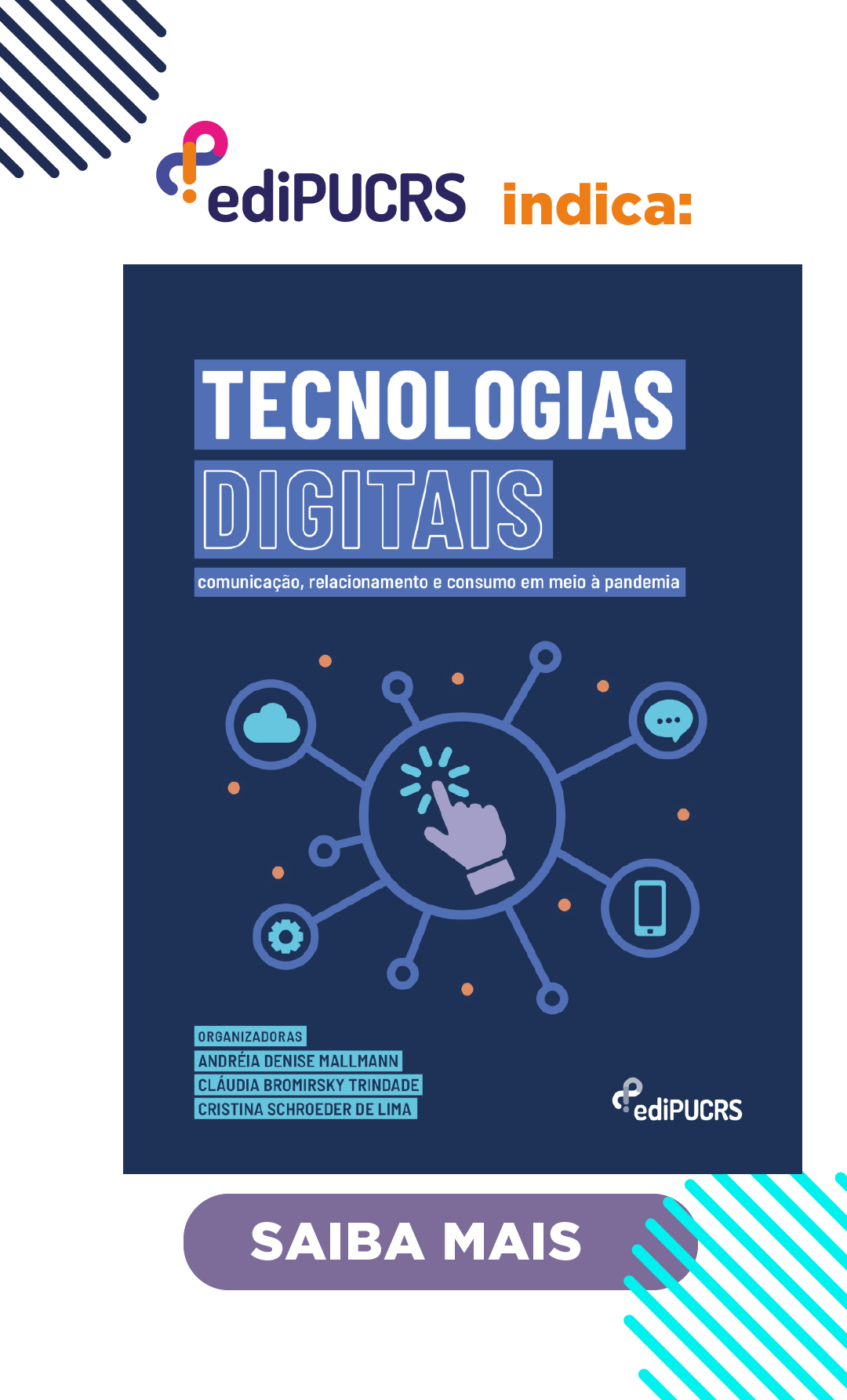Experimental marketing and artistic creation: an analysis of the current consumption demand
DOI:
https://doi.org/10.15448/1980-3729.2014.1.15959Keywords:
Experimental marketing, Artistic creation, ConsumptionAbstract
Technological developments and changes in the public profile drive a reconfiguration of the advertising system, including aspects not previously defendants under consumption practices. Recurrence field with artistic strategies that stimulate sensory perception culminate in the realization of communication actions that promote experiences with call for interaction, immersion and enjoyment. The experiential marketing emerges as a possible evolution of marketing concepts towards a society closer to brands and various cultural events. The work aims to observe how the experiential marketing strategies apply in communication actions from the perspective of the creative process and the artistic universe. From the observation of Nivea Live project will be inferred theoretical convergences to demonstrate the growing demand from consumers who crave excitement and experimentation in the actions of interaction with brands.
Downloads
References
ALMEIDA, Candido José Mendes de. Arte é capital. Rio de Janeiro: Rocco,1994.
BAKHTIN, Mikhail. Estética da criação verbal. São Paulo: Martins Fontes, 1992.
CARRASCOZA, João Anzanello. Do caos à criação publicitária. Processo criativo, plágio e ready-made na publicidade. São Paulo: Saraiva, 1998.
COVALESKI, Rogério. Cinema, publicidade, interfaces. Curitiba: Maxi Editora, 2009.
DONATON, Scott. Publicidade + Entretenimento: Por que estas duas indústrias precisam se unir para garantir a sobrevivência mútua. São Paulo: Cultrix, 2007.
DUCHAMP, Marcel. O ato criador. In: GREGORY, Battcock. A nova arte. São Paulo: Perspectiva. 1986. pp. 71-74, . Disponível em: http://www.ebah.com.br/content/ABAAAelUgAE/ato-criador-marcel-duchamp. Acesso em: 30 jun. 2013.
ECO, Umberto. Obra aberta. São Paulo: Perspectiva, 2006.
GARCÍA CANCLINI, Néstor. Culturas híbridas: estrategias para entrar y salir de la modernidad. Buenos Aires, Argentina: Paidós, 2008.
JENKINS, Henry. Cultura da convergência. Tradução Susana Alexandria. São Paulo: Aleph, 2008.
FISCHER, Fernando. Marketing cultural: uso e prática em empresas brasileiras. Dissertação (Mestrado) – Universidade Federal do Rio de Janeiro, Rio de Janeiro, 1998. Disponível em: http://galaxy.intercom.org.br:8180/dspace/handle/1904/16318. Acesso em: 11 out. 2010.
KOTLER, Philip. Administração de Marketing. 12. ed. São Paulo: Pearson Prentice Hall, 2006.
KRISTEVA, Julia. Introdução à semanálise. São Paulo: Perspectiva, 1974.
LARA, Milton. Publicidade e arte. In: CONTRERA, Malena Segura; HATTORI, Osvaldo Takaoki (Org.). Publicidade e Cia. São Paulo: Pioneira Thomson Learning, 2003.
OSTROWER, Fayga. Acasos e criação artística. Rio de Janeiro: Campus, 1995.
REIS, Ana Carla Fonseca. Marketing cultural: revisão do arcabouço teórico conceitual e contribuição à análise da postura empresarial. 190 f. Dissertação (Mestrado) – Universidade Estadual de São Paulo, São Paulo, 1996.
SALLES, Cecília A. Gesto inacabado: processo de criação artística. São Paulo: FAPESP: Annablume, 2004.
______. Redes de criação: construção da obra de arte. São Paulo: Editora Horizonte, 2006.
SAMPAIO, Rafael. Marcas de A a Z. Rio de Janeiro: Campus, 2002.
SANTAELLA, Lucia. Linguagens líquidas na era da mobilidade. São Paulo: Paulus, 2007.
______. Por que as comunicações e as artes estão convergindo? São Paulo: Paulus, 2005.
SCHMITT, Bernd H. Marketing experimental: suas empresas e suas marcas conquistando o sentir e o pensar, o agir e o identificar-se dos clientes. São Paulo: Nobel, 2002.
SCOLARI, Carlos A. Narrativas transmedia. Cuando todos los médios cuentan. Barcelona: Deusto, 2013.
THOMPSON, John B. A mídia e a modernidade: uma teoria social da mídia. Petrópolis: Vozes, 2011.
TOFFLER, Alvin. A terceira onda. Rio de Janeiro: Record, 1980.
Downloads
Published
How to Cite
Issue
Section
License
Copyright
The submission of originals to Revista Famecos implies the transfer by the authors of the right for publication. Authors retain copyright and grant the journal right of first publication. If the authors wish to include the same data into another publication, they must cite Revista Famecos as the site of original publication.
Creative Commons License
Except where otherwise specified, material published in this journal is licensed under a Creative Commons Attribution 4.0 International license, which allows unrestricted use, distribution and reproduction in any medium, provided the original publication is correctly cited.






